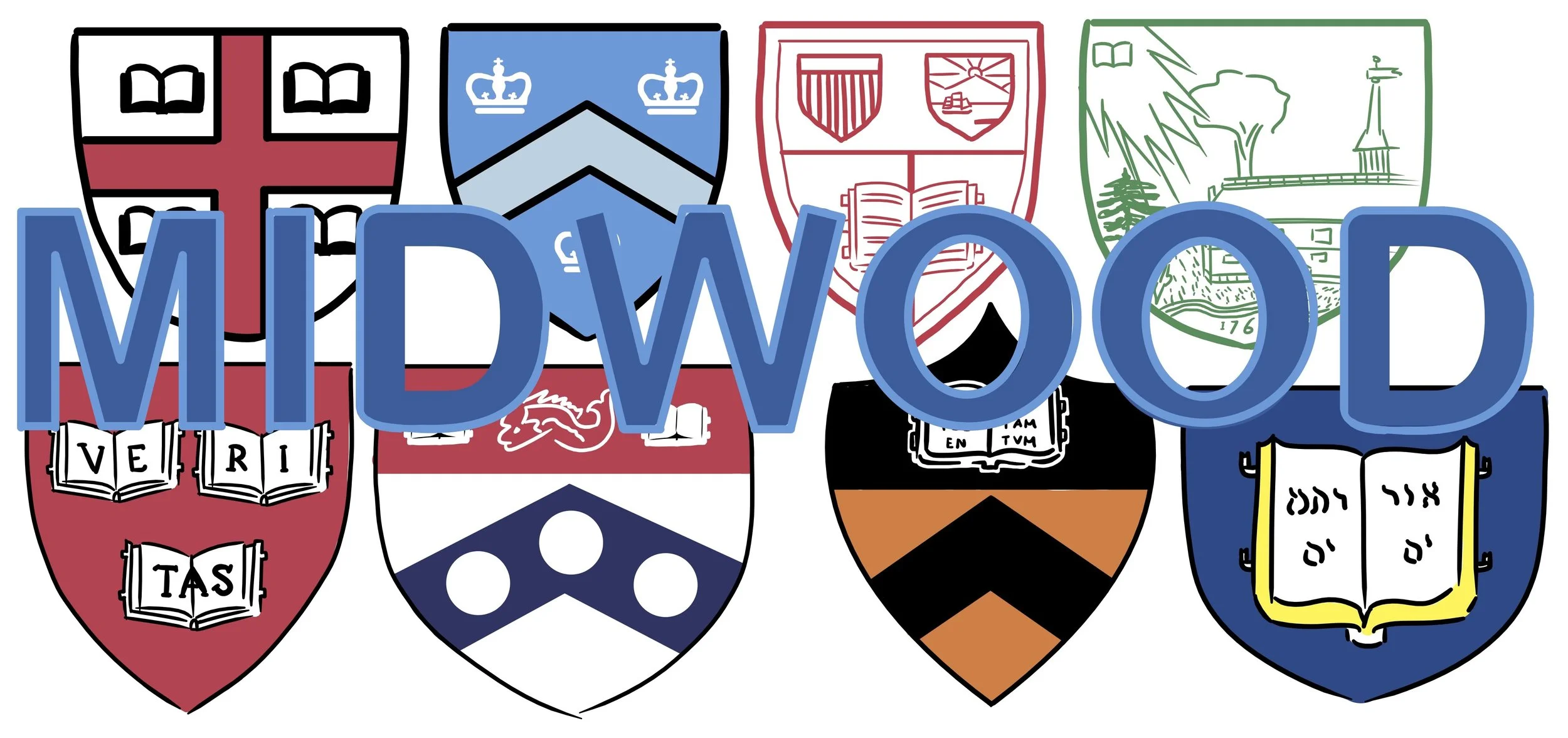Is Getting into College Harder Now Than It Used to Be?
Ambitious Hornets setting their sights on the Ivy League are faced with acceptance rates that have fallen from 10% and above in the 2000s to 5% and under today. Image: Winnie Wang
By NINA CHEN and WINNIE WANG
Fall season comes with chilly air, brightly colored leaves, Halloween, and much more. But to high school seniors, it means gearing up for an important moment in their academic paths: the college admissions process. With impending deadlines, students find themselves with their hands full with tasks like writing their personal statements, requesting recommendation letters, and contemplating financial aid, all on top of making the most out of their final year of high school. Navigating college applications can be complicated, but one thing is a near-certainty: the feeling of pressure when it comes to getting into the college we want.
“My personal college application experience was stressful,” said Ms. Saira Camarillo Gonzalez, one of Midwood’s college counselors. “My high school did not offer individualized support for college applications, so I had to figure out a lot of this on my own, and I was the first in my family to go to college, so that added an extra layer of stress.”
The growth of support in recent decades from high school college offices is definitely a plus, but has getting into college in general gotten easier or harder over the years?
For one thing, a perfect GPA no longer stands out among thousands of applicants like it did in decades past because of grade inflation. Based on statistics from the official ACT website, “The average high school GPA increased 0.19 grade points, from 3.17 in 2010 to 3.36 in 2021, with the greatest grade inflation occurring between 2018 and 2021.”
Perhaps because of this, admission officers often speak of using a “holistic review,” which includes extracurriculars and personal attributes, to get a better understanding of a student’s achievements. This means there’s more pressure to stand out beyond grades than ever before, through leadership roles, awards, and other outside activities.
“Standardized testing has changed, application methods have increased, and colleges are becoming more selective,” said Ms. Camarillo. “Every year, there has been an increase in applicants, thereby reducing the admissions rate.”
According to The Economist magazine, the overall acceptance rate in 2003 for Harvard and Stanford University was 10% and 12%, respectively. Now it’s about 3-4% for both. Ivy League schools, such as Harvard, Yale, Brown, and Columbia, have also been reinstating standardized test score requirements, which were widely loosened during the pandemic.
So yes, it is harder to get into college now than it was for previous generations. But thankfully, the college process has become more convenient as platforms like Common App and Scoir allow students to apply to many schools through one general application, thereby simplifying the whole procedure.
“College admissions have always been competitive,” said Ms. Camarillo. “But now, students have better access to information, advice, and college events through social media. Schools also offer a plethora of resources for applicants — so there is more support all around.”
It is also important to know that, starting the 2025-2026 cycle, the Common App is featuring a “Challenges and Circumstances” section within the “Additional Information” portion to be inclusive of outside issues that have affected a student, such as housing instability, parental divorce, and health problems. Furthermore, a new component called “Responsibilities and Circumstances” has also been added for students to highlight their duties outside of their school life, such as working to support their families, taking care of siblings, or assisting household members with tasks like doctors’ appointments and visa interviews.
Another bit of good news for 2026 graduates and beyond is that we might be entering an easier era for getting into college due to the “demographic cliff,” a predicted drop in applicants resulting from declining birth rates that started around the 2008 recession. This means there will be slightly fewer students vying for a spot each year, which can potentially create higher acceptance rates. There will also be corresponding competition between colleges to recruit students to fill their classes – or else face budgeting dilemmas or even closures. On top of that, since the applicant pool is gradually getting smaller, colleges can put more effort into evaluating each application. (However, this trend will most likely be exclusive to non-elite schools while selective institutions’ competition will remain intense, because of increased desires for a “prestigious” education.)
As this year’s graduating class of 2026 prepares to leave the Hive for a future of endless possibilities, the buzzing chatter of college-related discussions will mingle with other conversations in the busy hallways. Let us wish them all good luck on their journey to adulthood and hope that the college application process doesn’t give them any premature gray hairs as they sweat over their essays and applications for their safeties, targets, and reaches.

